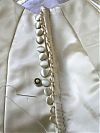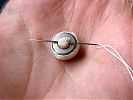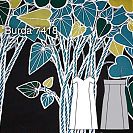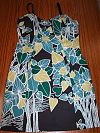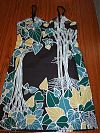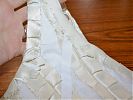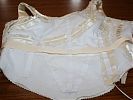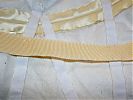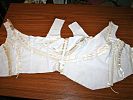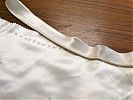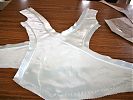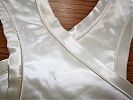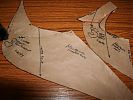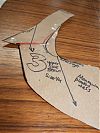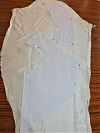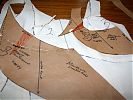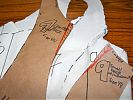After quite a few great issues of La Mia Boutique, it pains me to admit that this issue seems to be a throwback of the weird, not wonderful, old days of LMB. In fact, there’s not really any “Must Sews” for me in here at all, though a few of the designs have interesting pattern shapes when you take a closer look.
First up, an oddly-shaped maxi dress for those of us with really uneven hips… Even that ruffle shape is strange.

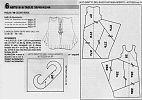
Here’s a rather nice tunic top with a large patch pocket, paired with a knit cardigan.

Seriously, WTF is this? An enormous maxi jumpsuit with windows for your navel and a neckline down past your waist? Really, who would wear this besides this model getting paid to wear it?






